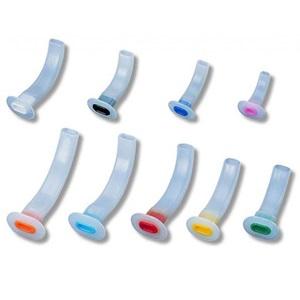
Products
Shop By Product
Brands
Shop By Brand
Catering & Kitchenware
Cleaning & Sanitation
Continence Products
Continence Products - Depend
Continence Products - Tena
Continence Products -Coloplast
Diabetes Care
Diagnostics
Feeding Accessories
Furniture & Equipment
General Medical
Irrigations & Solutions
Needles & Syringes
Nutritional Supplements
Oxygen & Respiratory Care
Personal Needs
Personal Protective Equipment
Stationery
Urinary Products
Wound Management
View All


 available on orders $100 to $2000.
available on orders $100 to $2000. 
